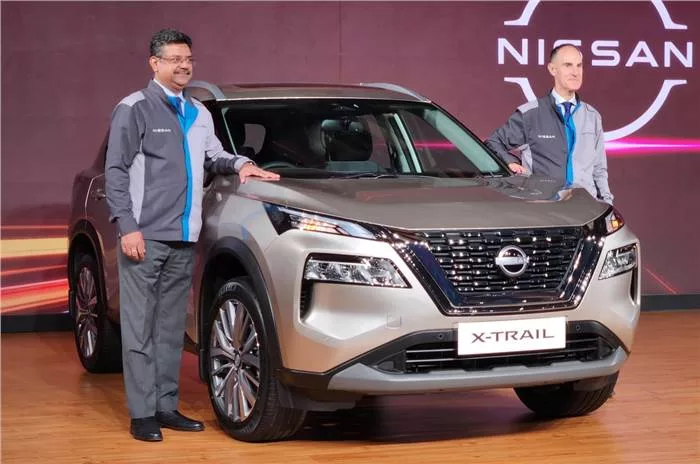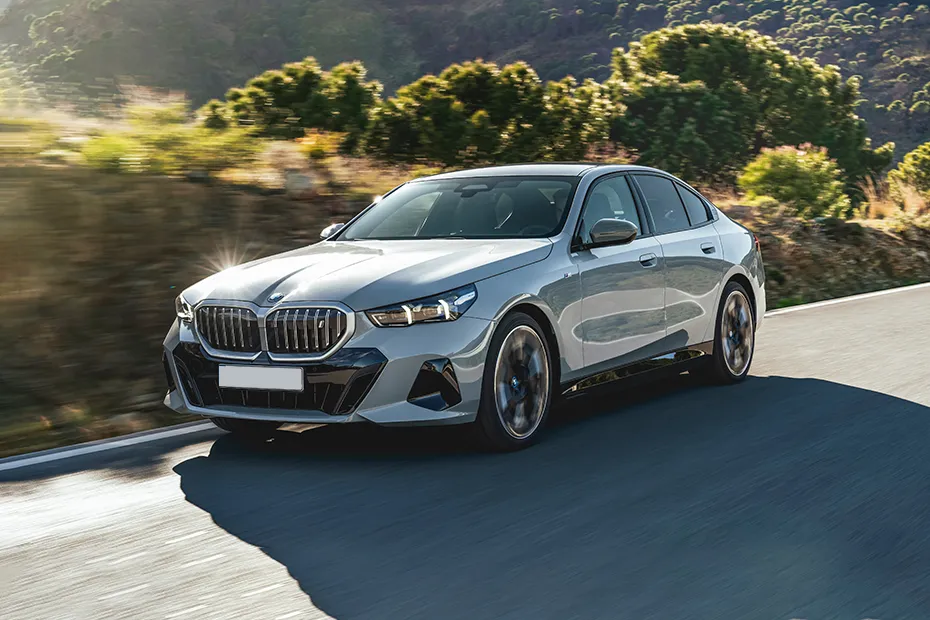Emission standards came into being with a single overarching purpose: to check air pollution caused by vehicles around the world. Vehicular emission norms aim to ensure more efficient engines that have less emissions and, in turn, promote healthier living.
All countries have their own emission standards which are almost the same globally. India, too, has its own Bharat Stage Emission Standards based on the EURO emission standards.
What are Bharat Stage Emissions Norms?
In 2000, India introduced Bharat Stage Emission Standards (BSES) to regulate the output of air pollutants from engines. Established by the CPCB (Central pollution Control Board) under the Ministry of Environment & Forests and climate change, these emission standards are based on European standards and get progressively stringent. As per these norms, carmakers should produce engines that pass the emission test laid out by BSES, while oil companies are expected to refine fuel to ensure lower sulphur content. The Indian government in 2016 announced that instead of introducing BSV they would directly start with BSVI emission norms from 2020. This measure was taken to curb the alarming levels of pollution in the country.
What is BS4 (BSIV)?
![]()
The predecessor to BSVI, BSIV are Bharat Stage Emission Standards that were finalized in 2014 and enforced for all vehicles in April 2017. These norms were stricter than the previous BSIII norms and led to reduction of sulphur content along with other pollutants such as nitrogen oxide, hydrocarbons and particulate matter in fuel. Under BSIV norms, pollutants from petrol-powered passenger vehicles were restricted to a Carbon Monoxide emission of 1.0 g/km, Hydrocarbons and Nitrogen Oxides discharge of 0.18 g/km, and respirable suspended particulate matter discharge of 0.025.
With the introduction of BSIV, sale of BSIII vehicles was completely banned to ensure overall compliance with changing engine technology and reduce air pollutants.
What is BS6 (BSVI)?
![]()
A sea change from previous emission standards, BSVI emission norms came about in April 2020 as the successor to BSIV emission norms. As previously mentioned, the government implemented BSVI emission directly after BSIV, skipping BS V emission norms, citing delayed implementation of the previous norms and alarming pollution levels as the reason for the seemingly abrupt change. BS VI changes apply to engines as well as to fuel quality. How does this impact fuel prices? Fuel now is more refined and less polluting compared to earlier. BS VI fuel has lower levels of sulphur, the main polluting agent in fuels. Removal of sulphur from fuel is a complex process and it costs as much, making fuel costlier to buy.
BS4 vs BS6: Difference Between BS4 vs BS6 and how it is achieved
The most important differences between BS4 and BS6 pollution emission norms are as follows:
- BS6 sets the maximum permissible limit of Nitrogen Oxides (NOx) emissions from a petrol vehicle at 60mg per km. Under BS4 norms, it was 80mg per km.
- Particulate Matter (PM) limit is set at less than 4.5 mg per km for petrol vehicles.
- Moving on to diesel fuel vehicles, limits on NOx emissions is set at 80 mg per km under BS6 standards. BS4 norms had specified the same upper limit at 250 mg per km.
- In diesel vehicles, BS6 norms cap hydrocarbon+NOx emissions at 170 mg per km, down from 300 mg per kg set under BS4 norms.
- Particulate Matter (PM) Limit have been capped at 4.5 mg per km for both diesel and petrol vehicles. This limit was set at 25 mg per km for diesel vehicles under BS4 standards.
Clearly there’s a drop in the permissible level of exhaust gases, but the difference is more pronounced in diesel than in petrol-powered vehicles. BSVI diesel emits as much as 82 percent less particulate matter versus BSIV diesel. Similarly, diesel NOx emissions are also brought lower by a good 68 percent. This significantly narrows the gap between pollution levels caused by diesel and petrol engines. Not a bad move at all.
How are these reductions in pollutants achieved? First, BS6 norms ensure that the sulphur content in fuel gets lowered significantly. Second, it gives carmakers the mandate to build vehicles – and engines – that burn fuel more cleanly and efficiently. This is made possible with improvements in the combustion chamber and the design of the fuel injector. BSVI compliant vehicles also treat their exhausts to reduce emission levels of particulate matter and oxides of Nitrogen. They achieve this by installing a Diesel Particulate Filter (DPF) and a Lean NOx Trap (LNT) or a Selective Catalytic Reduction (SCR) system. The DPF filters the particulate matter and soot that the engine produces while the SCR injects AdBlue, a water-based urea solution, to convert NOx emissions into Nitrogen and Oxygen gases.
Pollution Emission Norms (BS4 Vs. BS6)
At present, the BS6 or Bharat Stage VI emission norms are in place and every vehicle or engine manufactured from April 1 2020 should emit:
Fuel Type | Pollutant Gases | BS6 (BSVI) | BS6 (BSIV) |
Petroleum Distillate Vehicle | Nitrogen Oxide (NOx) Limit | 60 mg | 80 mg |
Particulate Matter (PM) Limit | 4.5 mg/km | - | |
Diesel Fuel Vehicle | Nitrogen Oxide (NOx) Limit | 80 mg | 250 mg |
Particulate Matter (PM) Limit | 4.5 mg/km | 25 mg | |
HC + NOx | 170 mg/km | 300 mg |
Highlighted in grey, in the table you can see that the limit of pollutants, compared to BSIV standards, has been considerably reduced. Some other differences are:
BS IV | BS VI |
Fourth emission iteration | Sixth emission iteration |
Fuel can only be used in BS IV vehicles, and cannot be used in vehicles with BS VI engines. | Fuel can be used in both BS IV and BS VI vehicles. |
Not Applicable | Introduction of Real Time Driving Emissions (RDE) |
Not Mandatory | Mandatory onboard diagnostics |
FAQs about BS4 vs BS6
What is the use of sulphur in fuel?
Sulphur, along with other fuel components, acts as an engine lubricant. Don’t be alarmed; it has a small role to play and newer fuels with low sulphur have additives to promote engine lubrication. Sulphur is the main and harmful pollutant in fuel, so with every emission norm iteration, its content gets reduced further.
How do BS6 diesel engines reduce pollution?
There are many components and elements that come into play for reduction of pollution via diesel engines. For the BSVI engine the Selective Catalytic Reduction (SCR) unit with the the help of a catalyst called AdBlue converts nitrogen oxide (NOx) into diatomic nitrogen and water. This AdBlue fluid is stored in a tank in the vehicle and requires refilling after it gets exhausted.
What are Real Time Driving Emissions?
To adhere to the pollution norms laid out by the government, emission testing agencies use Real Time Driving Emissions or RDE. During testing, the vehicle is driven on public roads and over a range of different conditions with specific equipment installed on the vehicle that collects data to verify that limits stipulated for pollutants do not exceed. This system was not present for BSIV norms.
What are Onboard Diagnostics?
Onboard diagnostics is a special system employed in all BSVI vehicles to keep track of emissions and identify fault areas if emission controls are not met. Onboard diagnostics require a scanner and a skilled technician/mechanic to understand the problem and rectify it. This system uses a lot of sensors that are placed over all the vital components of a car.
Why can’t BS6 engines use BS4 fuel?
If BS6 engines use BS4 fuel they may not comply with BS6 emission norms as the fuel build and engine build are different. BS6 vehicle emissions should match the BS6 norms and this is possible only if BS6 fuel is filled in BS6 cars. A BS6 car can run on BS4 fuel.
Q. What is the difference between BS4 and BS6 technology?
BS6 technology brings down the level of harmful vehicular emissions down from BS4 levels by improving the engine for cleaner combustion of fuel and also by treating exhaust gases such as particulate matter and oxides of Nitrogen.
Q. Is BS6 mileage better than BS4?
The technology that ensures cleaner emissions can end up bringing fuel efficiency and performance lower. Manufacturers, however, claim to have taken measures to ensure engine performance and mileage remain unaffected despite the switch from BS4 to BS6 fuels.
Q. What is the major difference between BS4 and BS6 norms?
BS6 norms specify significantly lower sulphur content for fuel versus BS4 grade fuels. They also greatly reduce permissible levels of vehicular emissions than the preceding BS4 standards. For petrol vehicles, Nitrogen Oxides (NOx) emissions are set at 60mg per km, while under BS4 norms, it was 80mg per km. Particulate Matter (PM) limit is set at less than 4.5 mg per km for petrol vehicles. For diesel fuel vehicles, limits on NOx emissions is set at 80 mg per km under BS6 standards. BS4 norms had specified the same upper limit at 250 mg per km. BS6 norms cap hydrocarbon+NOx emissions at 170 mg per km, down from 300 mg per kg set under BS4 norms.


